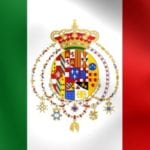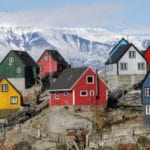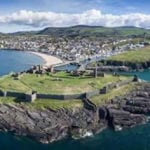 Weird Stuff
Weird Stuff  Weird Stuff
Weird Stuff  Our World
Our World 10 Ways Your Christmas Tree Is More Lit Than You Think
 Movies and TV
Movies and TV The 10 Coolest Stars to Set Sail on The Love Boat
 History
History 10 Things You Didn’t Know About the American National Anthem
 Technology
Technology Top 10 Everyday Tech Buzzwords That Hide a Darker Past
 Humans
Humans 10 Everyday Human Behaviors That Are Actually Survival Instincts
 Animals
Animals 10 Animals That Humiliated and Harmed Historical Leaders
 History
History 10 Most Influential Protests in Modern History
 Creepy
Creepy 10 More Representations of Death from Myth, Legend, and Folktale
 Technology
Technology 10 Scientific Breakthroughs of 2025 That’ll Change Everything
 Weird Stuff
Weird Stuff Ten Bizarre Facts About The Doge Meme
 Our World
Our World 10 Ways Your Christmas Tree Is More Lit Than You Think
 Movies and TV
Movies and TV The 10 Coolest Stars to Set Sail on The Love Boat
Who's Behind Listverse?

Jamie Frater
Head Editor
Jamie founded Listverse due to an insatiable desire to share fascinating, obscure, and bizarre facts. He has been a guest speaker on numerous national radio and television stations and is a five time published author.
More About Us History
History 10 Things You Didn’t Know About the American National Anthem
 Technology
Technology Top 10 Everyday Tech Buzzwords That Hide a Darker Past
 Humans
Humans 10 Everyday Human Behaviors That Are Actually Survival Instincts
 Animals
Animals 10 Animals That Humiliated and Harmed Historical Leaders
 History
History 10 Most Influential Protests in Modern History
 Creepy
Creepy 10 More Representations of Death from Myth, Legend, and Folktale
 Technology
Technology 10 Scientific Breakthroughs of 2025 That’ll Change Everything
10 Wannabe European Countries You Might Not Have Heard Of
The recent Scottish independence referendum ended with a defeat for the nationalists, but the mere fact that it was held at all shows how far European secession movements have come in recent years. Even while the European Union has promoted greater integration across the continent, a wide variety of regions and ethnic minorities have begun to press their claims for independence. While would-be states like Catalonia, Flanders, and Scotland are well-known, Europe boasts a bewildering array of wannabe countries—the European Free Alliance links over 40 nationalist movements, and there are many more outside of it.
10Galicia
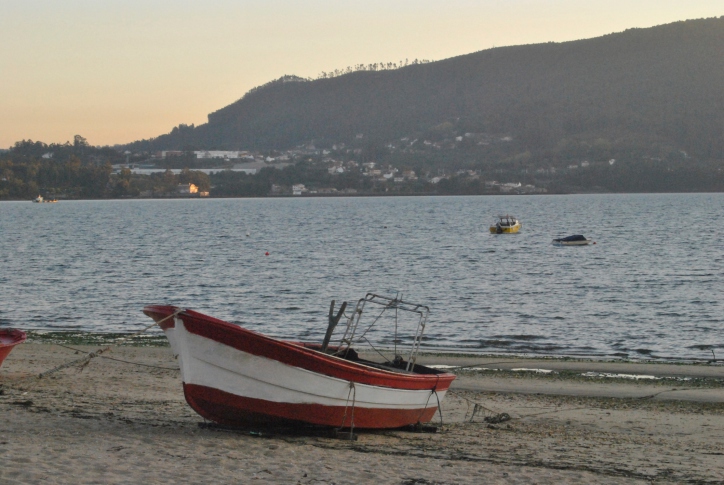
Galicia is an autonomous region in northwest Spain, on the border with Portugal. Galicians consider themselves to be a distinct ethnic and cultural group, and the Spanish government recognizes them as a historical nationality within Spain. But for many in Galicia, that’s just not enough and there are plenty of nationalist and separatist parties on the regional political scene. Most of them act jointly as part of the Bloque Nacionalista Galego (BNG), which works for further devolution of power from the central government to the regional assembly. Many BNG members also seek eventual complete independence from Spain, hoping to form a new republic within the European Union. Following a split within the BNG, independence is also espoused by the rising left-wing radical Alternativa Galega de Esquerda (AGE).
Despite the strong cultural identity of the Galician people, the electoral performance of the BNG has typically been relatively modest. Meanwhile, AGE has made impressive gains, winning 14 percent of the vote in the 2012 regional elections, but remains something of a fringe party. With this in mind, it seems that the dream of Galician independence is unlikely to become a reality within the next few years—but it certainly isn’t dead either.
9The Aland Islands
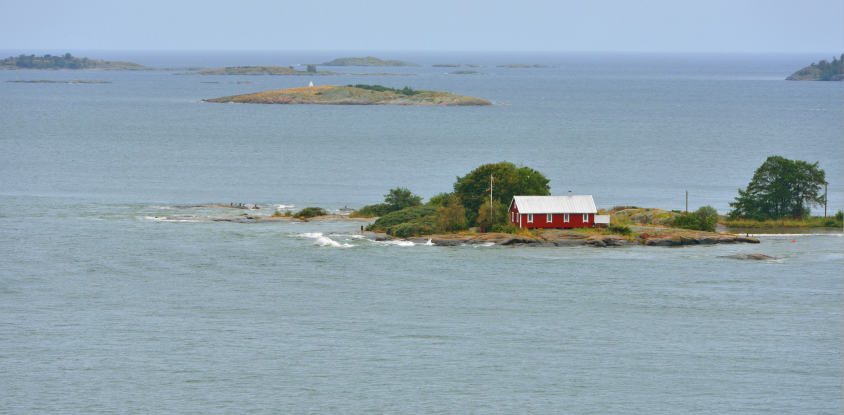
An archipelago of tiny islands in the Baltic Sea, Aland has already obtained a surprising amount of autonomy while officially remaining part of Finland. Although the islands only have around 28,000 inhabitants, approximately 0.5 percent of the total Finnish population, they have their own parliament, which has extensive powers—including the right to veto any attempt to limit those powers by the central Finnish government. Regional citizenship is required to own land or vote in local elections. Aland is also the only region of Finland to have a single official language—Swedish.
Under the Act on the Autonomy of Aland, the islands are also completely demilitarized, have their own police force and postage stamps, and can issue their own passports. The islands were able to obtain this level of autonomy after Finland declared independence in 1917. At the time, Aland islanders voted overwhelmingly to leave and join Sweden. Finland refused to give up sovereignty and the League of Nations ruled that Helsinki could keep the islands as long as they were granted significant rights and protections.
The subsequent compromise has lasted for almost a century and it seems hard to believe that Aland will ever separate from Finland. However, some islanders complain that the Finnish government has not kept its promises and that it has become increasingly hard to do business in Swedish. Alands Framtid (Future of Aland), a local political party which seeks full independence for the islands as a sovereign microstate, reached almost 10 percent of the vote in the most recent regional elections.
8The Faroe Islands
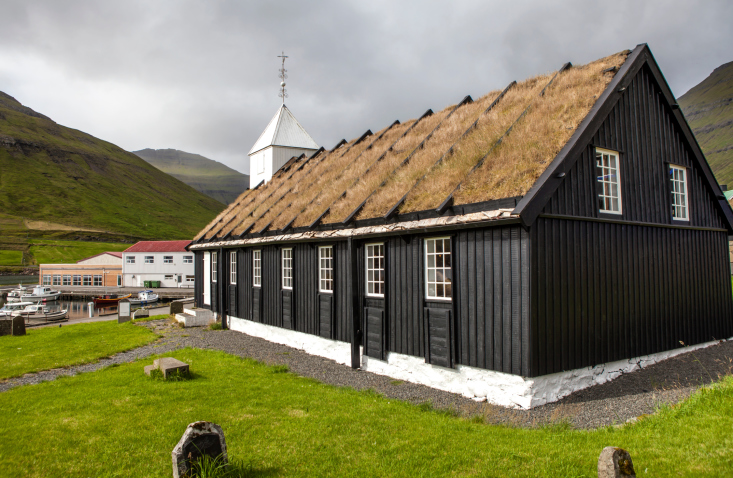
The Faroe Islands are an archipelago of 18 beautiful islands in the North Atlantic. Located roughly halfway between Scotland and Iceland, they’re majestically isolated from all of their neighbors. Ruled by Denmark since the 14th century, the islands are currently a self-governing nation under the Danish crown.
National sentiment has a long history in the Faroes—they first tried to hold an independence referendum in the chaos following the end of World War II. Although the secessionists won by a small margin (48.7 percent of the vote, compared to 47.2 percent against), the Danish parliament opposed independence, arguing that a majority had not voted for it. Further confusing matters, the Danish prime minister supported the secessionists and announced that the islands would be granted independence. Two days of confusion followed, until the King of Denmark annulled the referendum and dissolved the Faroese parliament. New elections were held, but this time the parties that favored association with Denmark managed a narrow win and negotiated home rule for the islands.
The independence question subsided until 2011, when a proposed Faroese constitution proved controversial. The Danish government claimed the document, which would have put even more powers in Faroese hands, was “incompatible” with Denmark’s own constitution, telling the islands to chose between withdrawing the document or immediate independence.
For fairly practical reasons, the Faroese government chose to withdraw the draft. According to a prominent local politician, the islands are still too dependent on Danish subsidies to consider full independence. In the meantime, pro-independence parties have a majority in the local parliament and are doubtless waiting for the moment when they can afford to govern without outside financial support.
7Corsica
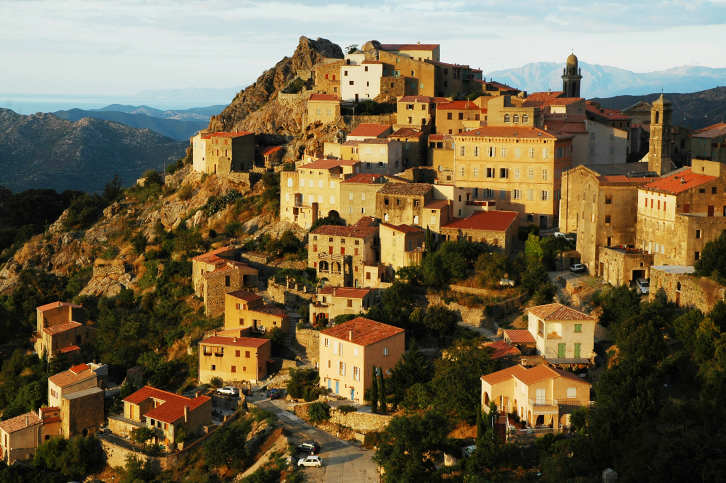
Corsicans proudly claim that they’ve been ruled many times, but never conquered. Although the island has been a region of France for hundreds of years, its people still don’t consider themselves French, Italian, or anything else. They’re simply Corsicans.
The island first proclaimed its independence back in the 18th century, forming a republic which lasted for 14 years before it was annexed by France in 1769. Often neglected by the French state, the island saw an upsurge of nationalism in the second half of the 20th century, when several separatist movements were founded. Perhaps the most infamous is the National Liberation Front of Corsica (FLNC), a militant group which has carried out bombings, bank robberies, extortion, and arson in the name of independence. A separate nationalist group was responsible for the 1998 assassination of the top-ranking French official on the island.
In recent decades, the French government has granted more autonomy to the island and backed programs to protect the Corsican language, undermining local support for the nationalists. Nevertheless, the fight for Corsican independence continues, with the FLNC claiming responsibility for sporadic bombings over the past decade.
6Sardinia
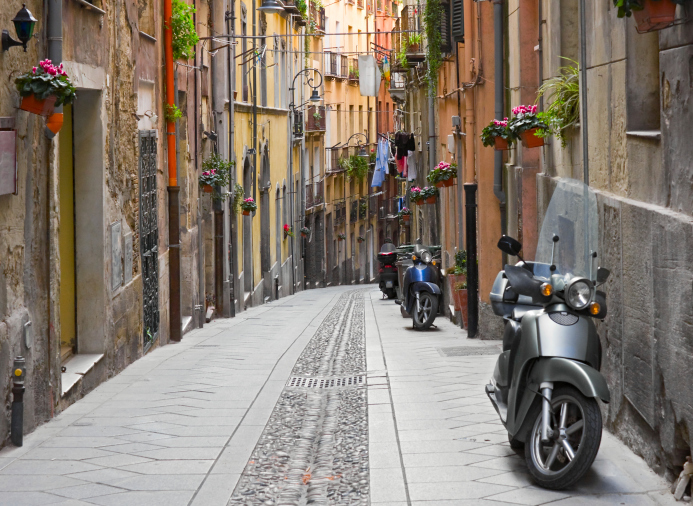
Unlike their Corsican neighbors, the nationalist movement on the Italian island of Sardinia has sought independence through non-violent means. This model has huge support from the Sardinian people. According to a 2014 poll conducted by the universities of Cagliari and Edinburgh, a whopping 87 percent of Sardinians want further powers for the island’s local government, while around 41 percent are in favor of full independence immediately.
However, so far this support has failed to translate into electoral success for pro-independence parties. In the 2014 elections, pro-sovereignty parties only took around 18 percent of the total vote, while the pro-independence candidate for regional President came third with only 10.8 percent of the votes. In fact, one of the largest pro-independence blocs was left without any seats in the local parliament at all, due to a law which requires coalitions to secure at least 10 percent of the total vote in order to be eligible for candidates to be elected.
However, the independence movement is far from dead, with supporters claiming an online referendum should be held. One newly founded group is even suggesting the island should secede from Italy and join Switzerland instead.
5Transdniestria
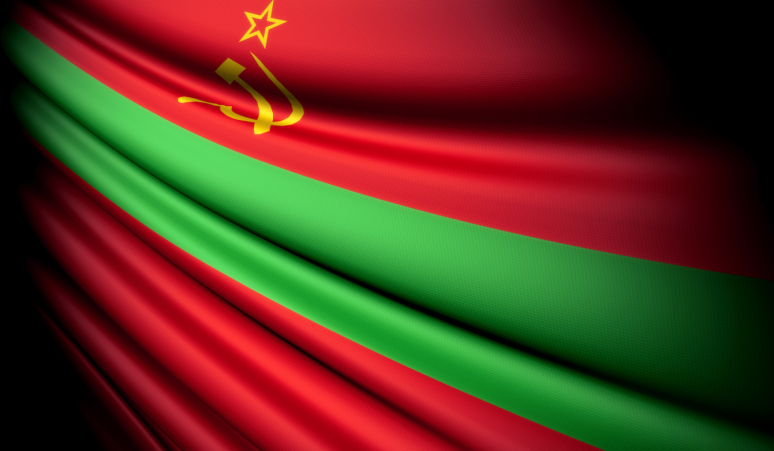
Located between Romania and Ukraine, Moldova is a tiny state about the size of Maryland. Since 1990, around 10 percent of its territory has formed an even tinier breakaway state known as Transdniestria, or Transnistria, or the Pridnestrovskaya Moldavskaya Respublika.
Moldova was part of the Soviet Union, gaining independence as the USSR began to split up in the early 1990s. But the Russian-speakers of Transdniestria didn’t want to be a minority in a Romanian-speaking country and refused to join the new state. Tensions simmered until 1992, when an armed conflict broke out. Russian military support for the secessionists meant that Moldova was unable to impose its authority on Transdniestria, and the region has been a de facto state ever since.
Nowadays, Transdniestria has its own constitution, flag, national anthem, coat of arms, government, parliament, currency, and military—the only thing it lacks is international recognition. In fact, Transdniestria has never been recognized by a single member state of the United Nations, and is thus officially still considered part of Moldova. Transdniestria has attempted to shore up its position with continued independence referendums, the last being held in 2006. A massive 97 percent of voters supported independence, with the possibility of free association with Russia, but even the referendum hasn’t been recognized by other countries yet.
4South Tyrol
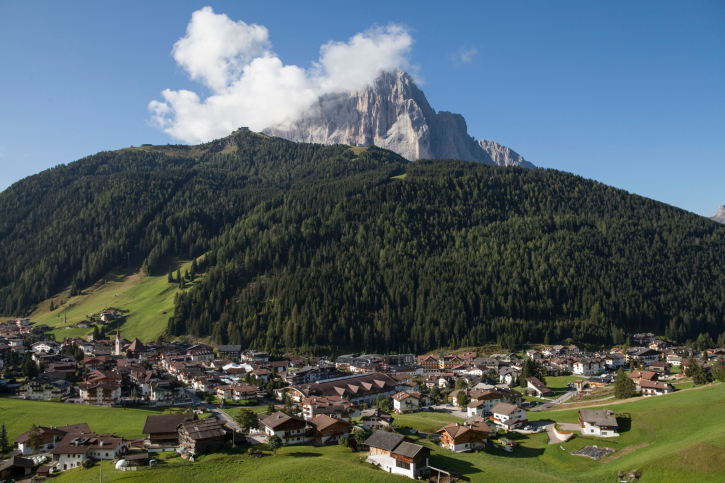
A mountainous geographical region based on a former province of the Austrian Empire, Tyrol is currently split between Austria and Italy, with South Tyrol as an autonomous province of Italy with a large German-speaking population. Under Benito Mussolini, the fascist government tried to Italianize South Tyrol by banning the use of the German language, but such policies actually increased local identity, culminating in a series of bombings carried out by the South Tyrolean Liberation Committee in the 1960s (the organization no longer exists and the current secessionist movement espouses non-violence).
These days, the province is autonomous enough that only 10 percent of taxes raised there go to the central government. Despite this, there is widespread support for political parties advocating reunification with Austria. Until this can be organized, they believe that the province should secede and form an interim Free State of South Tyrol. Such parties usually control around a third of the South Tyrolean Provincial Council, although their popularity varies depending on the political climate.
3Venice
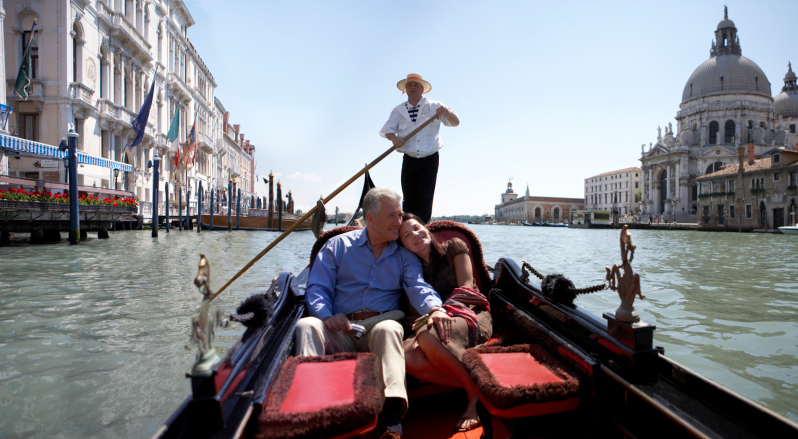
During a weekend when the eyes of the world were focused on the Russian-backed referendum in Crimea, a referendum for independence from Italy went almost unnoticed. An estimated two million residents of the Italian region Veneto, whose capital is Venice, voted overwhelmingly to declare independence and reform the ancient Venetian Republic. The referendum was conducted online, using digital ID numbers to identify eligible voters. A massive 89 percent voted in favor of secession, surprising pollsters, who had previously estimated only around 65 percent were in favor.
The Italian government refused to recognize the referendum, saying that it was not organized by any official body and consequently open to manipulation, but it’s undeniable that nationalist movements have strong support within the region. Veneto is one of Italy’s richest regions, and locals feel that they don’t get much as they give from the government, complaining that most of their taxes go to subsidize poorer regions of Southern Italy. The referendum won’t result in immediate independence, but it’s hard to believe the issue will simply go away either.
2North Cyprus
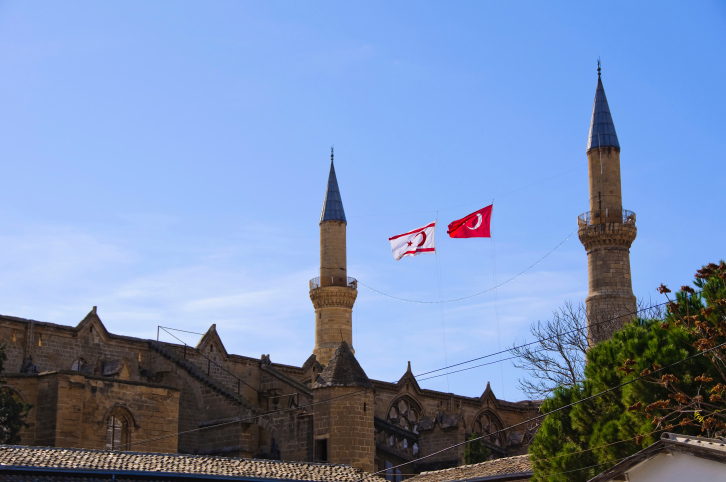
A large island in the Eastern Mediterranean, Cyprus has long been split between a Greek majority and a Turkish minority. When the country became a member of the European Union back in 2004, they made it without the Turkish north, which has effectively long been an independent country. The issue dates back to 1974, when the Cypriot National Guard, with support from the Greek Junta, attempted a putsch with the goal of making Cyprus part of Greece. In response, Turkey launched an invasion, claiming the coup violated a treaty signed between the United Kingdom, Cyprus, Greece, and Turkey.
The Turkish invasion eventually resulted in the island being split in two, with the dividing line passing right through the capital of Nicosia. The northern third became the Turkish Republic of Northern Cyprus in 1983. The new republic has never been widely recognized or accepted into the UN and remains heavily economically dependent on Turkey. This dependence, as well as the possibility of a Cypriot entrance into the EU, sparked hopes for reunification. In 2004, a referendum was held proposing to merge the island into a federated state. In the north, the Turks approved of the plan, while the vast majority of Greeks rejected the proposal. As a result, Cyprus remains split to this day.
1Republika Srpska
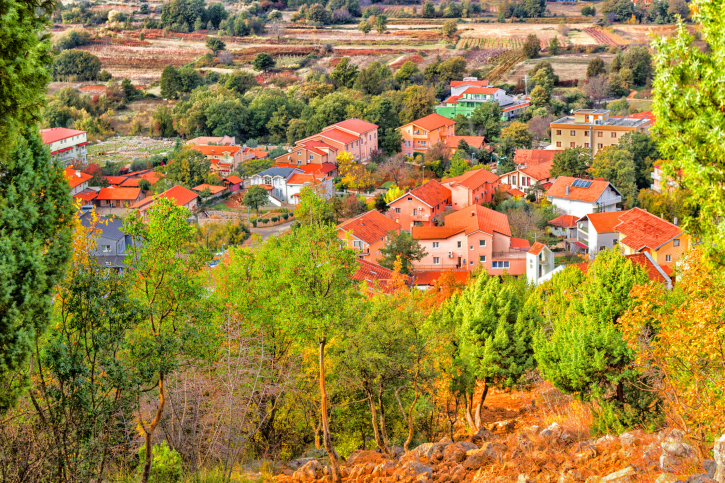
In English, Republika Srpska means “Serbian Republic,” but is not to be confused with the Republic of Serbia, since it is actually one of two entities comprising Bosnia and Herzegovina. Since the 1990s, the tiny Balkan country has been split between the Federation of Bosnia and Herzegovina and Republika Srpska. Bosniaks and Croats make up the majority in the former, while Serbs are dominant in the latter.
Republika Srpska was founded during the breakup of the former Yugoslavia, right after the referendum on independence in Bosnia and Herzegovina. While most of the Bosnian parliament proclaimed the new republic, ethnic Serbian deputies refused to support the secession and held their own assembly in the city of Banja Luka, forming their own state in response. The infamous Bosnian War quickly followed.
After the war, Republika Srpska became an autonomous entity within Bosnia, but many Bosnian Serbs still hoped to form an independent state, which would eventually merge with Serbia. The success of Kosovo’s independence movement fueled these dreams, with Serbian leaders claiming that if Kosovo had the right to separate from Serbia, then they had the right to separate from Bosnia and Herzegovina as well. Although still part of Bosnia, Republika Srpska has recently sent their own representative to Brussels, the seat of the European Union. Nobody from the EU attended the ceremony marking the event, but it created even more tension with Bosniak officials and sent yet another hint that the Serbs see their future as lying outside of Bosnia.
Petar Todorovski is a freelance writer.

